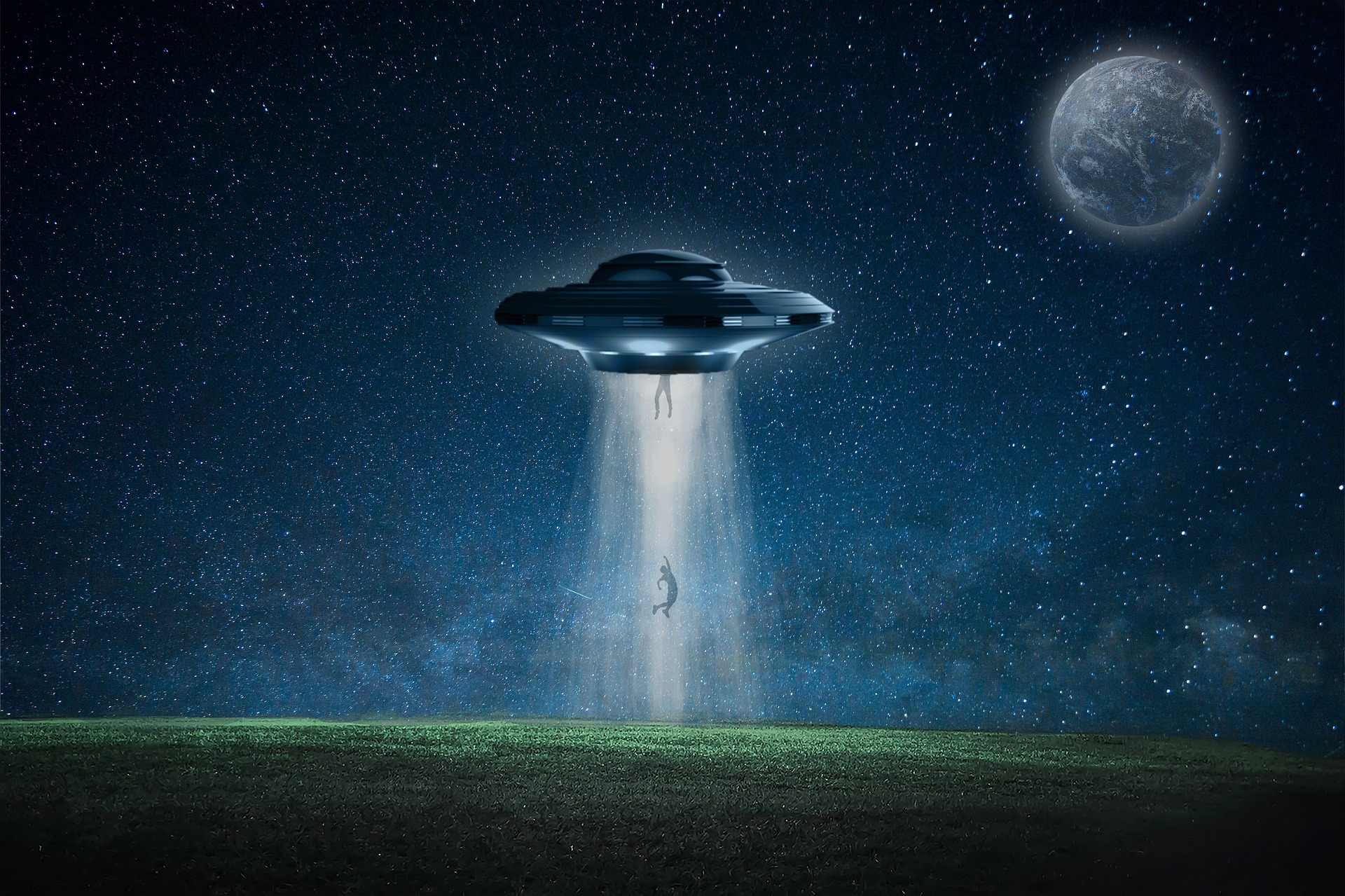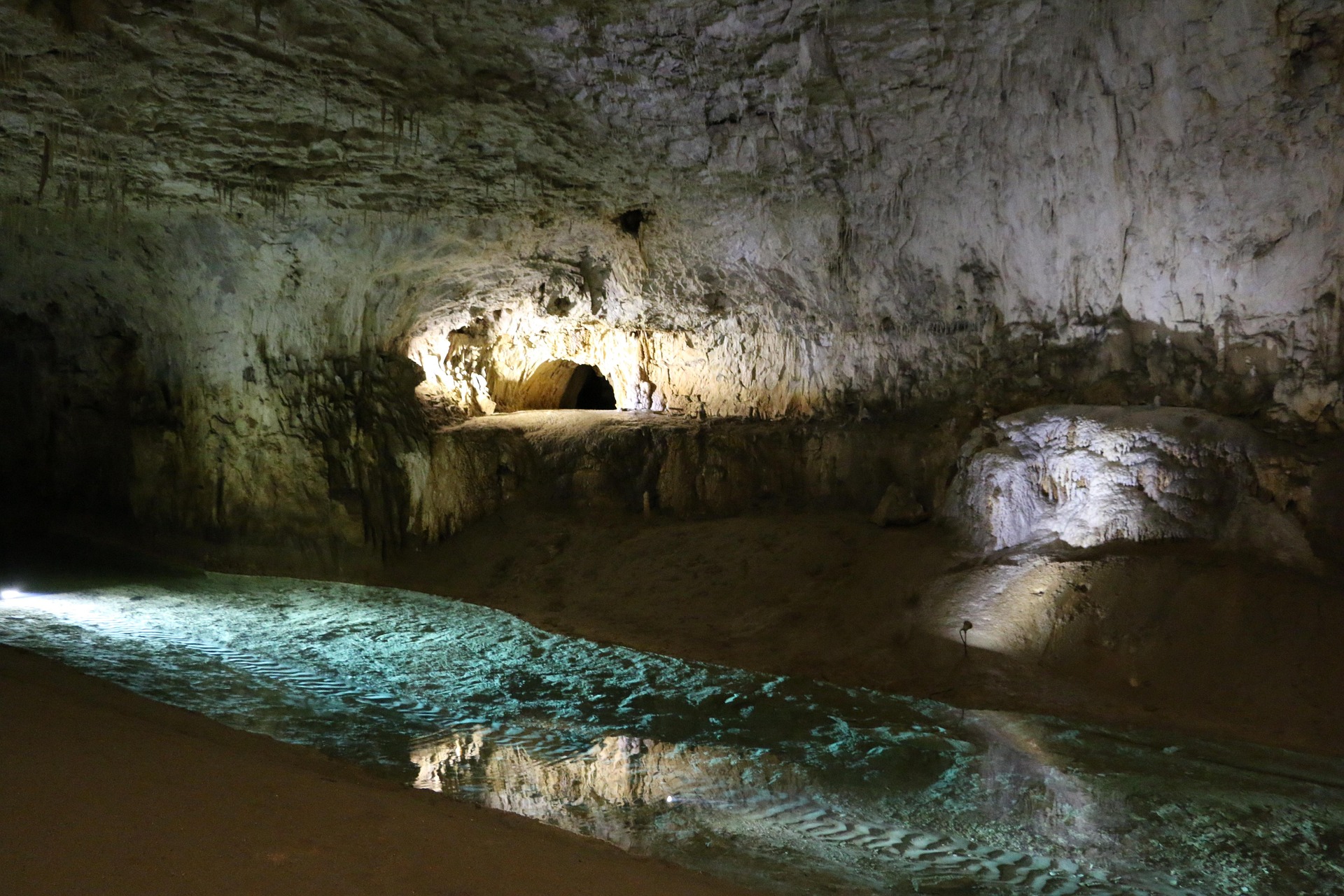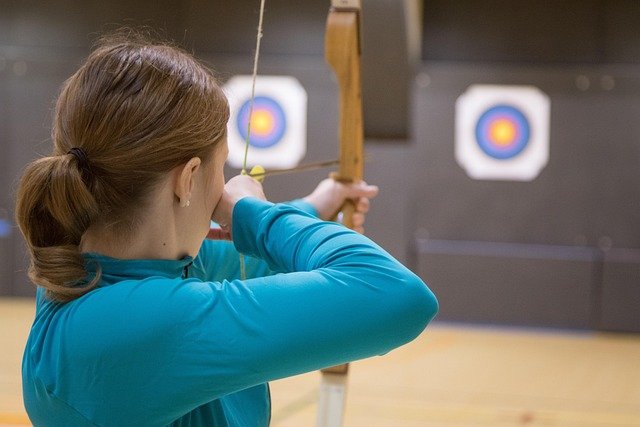Holographic Storytelling: The Next Frontier in Entertainment
In an era where technology and creativity intertwine, holographic storytelling emerges as a groundbreaking medium that promises to revolutionize the entertainment landscape. This innovative approach blends cutting-edge holographic technology with narrative art, creating immersive experiences that transport audiences into three-dimensional worlds. As the lines between reality and fiction blur, holographic storytelling opens up new possibilities for creators and viewers alike, challenging our perceptions of traditional storytelling methods.

Pioneering Projects and Artistic Visions
Early adopters of holographic storytelling have primarily been avant-garde artists and forward-thinking entertainment studios. One of the first notable projects was The Holographic Opera, debuted at the Salzburg Festival in 2022. This groundbreaking performance combined live singers with holographic set pieces and characters, blurring the line between physical and virtual presence. The success of this production sparked interest from other creative sectors, leading to a wave of experimental works across various mediums.
Technical Challenges and Innovations
Creating compelling holographic narratives requires overcoming significant technical hurdles. Traditional storytelling methods rely on a fixed perspective, but holographic experiences must account for viewers moving around and interacting with the space. This necessitates new approaches to narrative structure, pacing, and audience engagement. Developers and artists have had to innovate in areas such as real-time rendering, spatial audio, and interactive holographic interfaces to create seamless and immersive experiences.
The Impact on Traditional Entertainment Forms
As holographic storytelling gains traction, it’s beginning to influence more conventional forms of entertainment. Film and theater productions are incorporating holographic elements to enhance their narratives, while museums and galleries are using the technology to create interactive exhibits that bring historical events and artworks to life. This cross-pollination of ideas is pushing the boundaries of what’s possible in storytelling across all mediums.
Ethical Considerations and Future Implications
The rise of holographic storytelling raises important ethical questions about the nature of reality and representation. As the technology becomes more sophisticated, concerns about the potential for misinformation and manipulation through hyper-realistic holograms have emerged. Additionally, the immersive nature of these experiences has prompted discussions about the psychological impact on viewers and the need for new content rating systems. As the medium evolves, creators and policymakers will need to grapple with these issues to ensure responsible development and use of the technology.
Cultural Impact and Audience Reception
Holographic storytelling is not just a technological marvel; it’s also reshaping cultural narratives and audience expectations. Early adopters have reported feeling a deeper emotional connection to holographic stories, citing the immersive nature of the experience as a key factor. This shift in audience engagement is prompting creators to rethink traditional storytelling paradigms, focusing more on environmental storytelling and non-linear narratives that take full advantage of the medium’s unique capabilities.
The Future of Holographic Entertainment
As technology continues to advance, the potential applications for holographic storytelling seem boundless. From personalized, AI-driven narratives that adapt to individual viewers to large-scale public installations that transform cityscapes into interactive storyworlds, the future of entertainment looks increasingly holographic. Industry experts predict that within the next decade, holographic storytelling will become a mainstream medium, with dedicated venues and home entertainment systems designed specifically for these immersive experiences.
Conclusion
Holographic storytelling represents a paradigm shift in the way we create and consume narratives. By merging the tangible with the virtual, it offers unprecedented opportunities for immersion, interaction, and emotional engagement. As the technology matures and creators push the boundaries of what’s possible, we stand on the brink of a new era in entertainment—one where stories literally come to life before our eyes. The journey of holographic storytelling is just beginning, and its full potential is yet to be realized. As this innovative medium continues to evolve, it promises to redefine our understanding of narrative, space, and reality itself.





